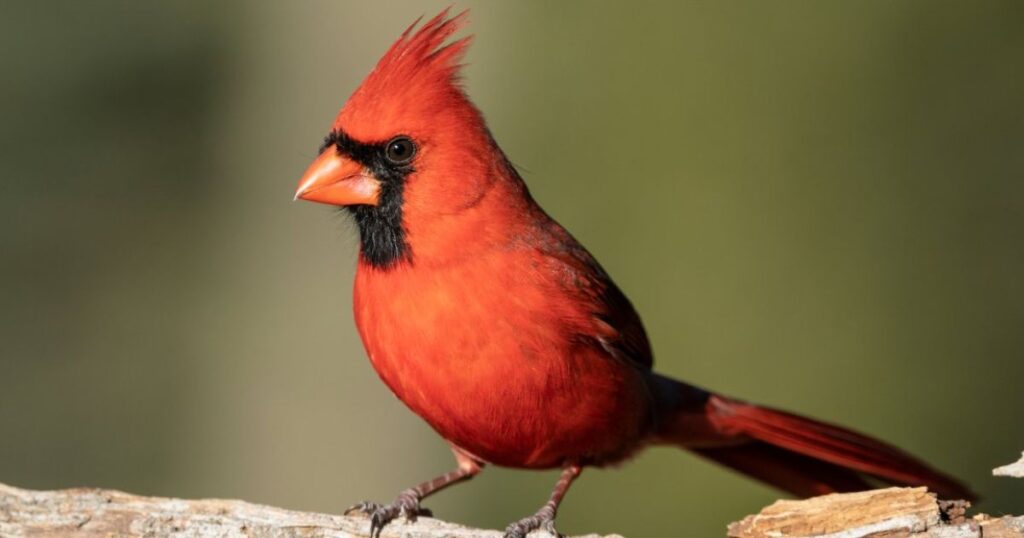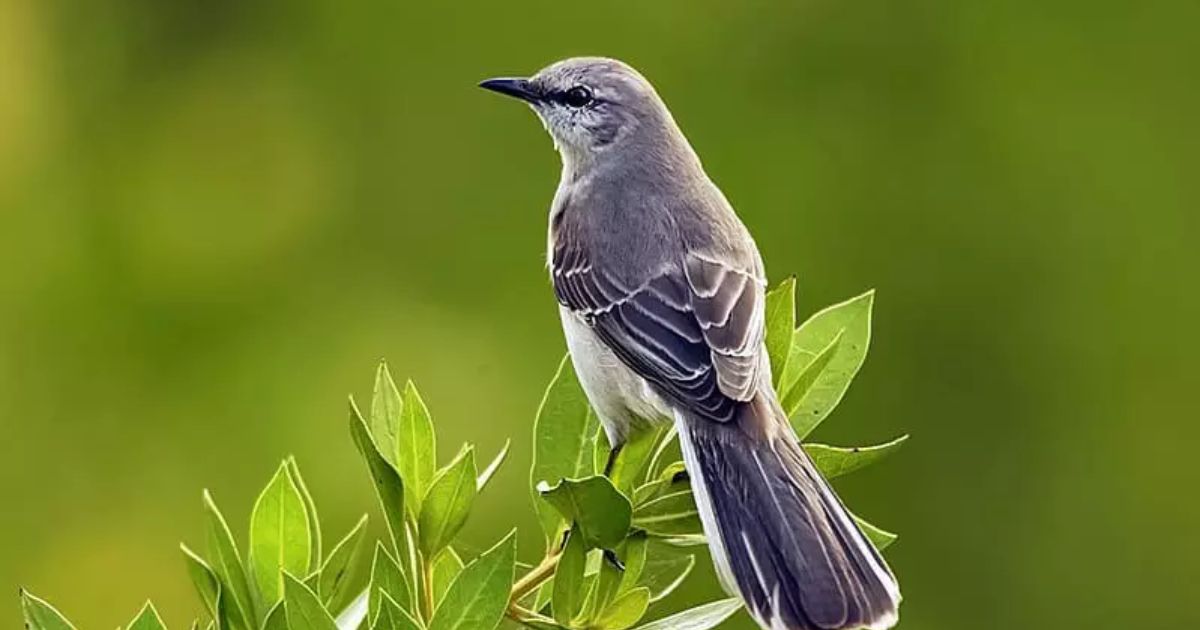The name “huitlacoche animal” often stirs curiosity among those unfamiliar with the term. While many might have heard about huitlacoche as a delicacy in Mexican cuisine, often referred to as ‘corn smut,’ its association with the word “animal” adds a layer of intrigue. This article unveils the mystique surrounding the “huitlacoche animal” and dives deep into the fascinating world of Toxostoma cinereum.
Historical Context: The Misconceptions Surrounding the Name
Firstly, addressing a common misconception is essential. “Huitlacoche” in Mexican cuisine is a fungal disease that grows on corn. It’s a delicacy in many parts of Mexico and has a rich, earthy flavor. On the other hand, “Toxostoma cinereum” is a scientific name referring to a specific bird species unrelated to the corn fungus.
Huitlacoche Animal the juxtaposition of these two terms can create confusion, but the history and cultural significance of both are intriguing in their own right.
Toxostoma Cinereum: Nature’s Hidden Gem

The Toxostoma cinereum, commonly found in some areas of North America, is a medium-sized bird known for its distinct call and behavior. Huitlacoche Animal their habitat primarily consists of shrublands, and they exhibit a greyish-brown plumage that blends seamlessly with their surroundings, providing a natural camouflage against potential predators.
Huitlacoche in Culture: More Than Just a Culinary Delight
Transitioning back to the culinary world, the actual huitlacoche fungus has a storied history in Mesoamerican cultures. Long before it was seen as a delicacy, indigenous tribes revered it for its unique flavor and nutritional properties.
Huitlacoche Animal in many ways, huitlacoche represents the marriage between nature and culinary artistry, turning what many might see as a crop disease into a sought-after ingredient in sophisticated dishes.
Read More Blog: Spine-Chilling Secrets: The Eerie Use of Real Skeletons in the 1982 Poltergeist Movie
Conservation Efforts: Safeguarding the Legacy of Toxostoma cinereum

Returning to the world of Toxostoma cinereum, it’s crucial to acknowledge this bird’s challenges in the modern world. Huitlacoche Animal with habitat destruction and climate change altering the landscape, the population of this unique species has seen fluctuations over the years.
The Culinary Journey of Huitlacoche: From Farm to Feast
Huitlacoche, also known as corn smut, is a fungus that grows on corn, transforming the kernels into large, bulbous, and blackened structures. While often regarded as a pest in the United States, huitlacoche is celebrated in Mexico as a culinary delight.
Huitlacoche Animal the fungus imparts a rich, smoky flavor that has been compared to mushrooms and truffles. Chefs across Mexico incorporate huitlacoche into various dishes, from quesadillas and tamales to soups and sauces. Huitlacoche Animal the culinary journey of huitlacoche is a testament to the resourcefulness and creativity of Mexican cuisine.
Conservation Efforts for Toxostoma Cinereum: Challenges and Triumphs
The conservation of Toxostoma cinereum, commonly known as the greyish-brown thrasher, faces various challenges in today’s rapidly changing environment. Huitlacoche Animal habitat destruction, climate change, and predation are some of the significant threats to this bird species.
Conservationists work diligently to address these challenges through habitat restoration projects, breeding programs, and public education campaigns. Huitlacoche Animal huitlacoche the triumphs in conserving the Toxostoma cinereum lie in the small victories, such as establishing protected areas and successfully breeding birds in captivity.
A Glimpse into the Ecology of Toxostoma cinereum

Toxostoma cinereum inhabits arid and semi-arid regions, primarily in North America. Its preferred habitats include shrublands and open woodlands, where it can find ample food and shelter.
Huitlacoche Animal the diet of Toxostoma cinereum mainly consists of insects and small fruits, making it an essential part of the ecosystem as it helps control pest populations and disperse seeds. Huitlacoche Animal this bird’s nesting habits and reproductive behaviors are fascinating, with the female building a cup-shaped nest where she lays her eggs.
The Cultural Significance of Huitlacoche Huitlacoche Animal
Huitlacoche holds a unique place in Mexican culture, dating back to the Aztec civilization. The Aztecs were known to have consumed huitlacoche, appreciating its unique flavor and nutritional benefits. Today, huitlacoche continues to be a significant ingredient in Mexican cuisine, symbolizing the deep connection between the people and their land.
The use of huitlacoche in various dishes reflects the rich culinary traditions of Mexico and the innovative ways chefs and home cooks alike have embraced this ingredient to create delicious and memorable meals.
Preserving the Legacy of Toxostoma cinereum: A Call to Action
The preservation of Toxostoma cinereum is a collective responsibility that requires the collaboration of conservationists, governments, and the general public. With its distinct call and vibrant plumage, this bird symbolizes North America’s natural beauty and biodiversity. Preserving its legacy involves:
- Taking concrete actions, such as protecting its habitat.
- Supporting conservation initiatives.
- Advocating for policies that promote biodiversity conservation.
It is a call to action to preserve the natural world and its inhabitants for future generations.
Embracing the Magic of Nature: A Journey of Discovery
The story of Huitlacoche and Toxostoma cinereum is a journey of discovery that reveals the magic and wonder of nature. It showcases the intricate web of life on our planet and the interconnectedness of all living beings. By exploring these two fascinating entities’ history, culture, and ecology, we gain a deeper appreciation for the natural world and the need to protect it.
Frequently Asked Questions
What is the relationship between Huitlacoche and Toxostoma cinereum?
Huitlacoche is a Mexican delicacy derived from a fungal infection on corn, whereas Toxostoma cinereum is a medium-sized bird species found in North America. These two terms are unrelated, despite sharing similar names in the title.
What does Toxostoma cinereum eat?
Toxostoma cinereum feeds on insects and small fruits. They help control pest populations and disperse seeds within their ecosystem.
Where does Toxostoma cinereum live?
Toxostoma cinereum prefers shrubland habitats and open woodlands.
Why is Toxostoma cinereum considered mysterious?
Huitlacoche The combination of the unfamiliar name and the fact that Toxostoma cinereum shares a title with a more widely recognized Mexican delicacy creates a sense of mystery around this bird species.
How do humans interact with Toxostoma cinereum?
Humans appreciate Toxostoma cinereum for its distinctive call and appearance, and there is a growing movement to conserve this bird species due to its declining numbers caused by habitat loss and climate change.
Conclusion
The journey from understanding huitlacoche as a culinary ingredient to unveiling the secrets of Toxostoma cinereum is a testament to the wonders of the natural world. Both, in their own right, represent the beauty and intricacy of nature – be it in the form of a delicacy on a plate or the melodious song of a bird in the wild. By appreciating and protecting these marvels, we ensure that future generations can experience the magic they bring to our lives.











